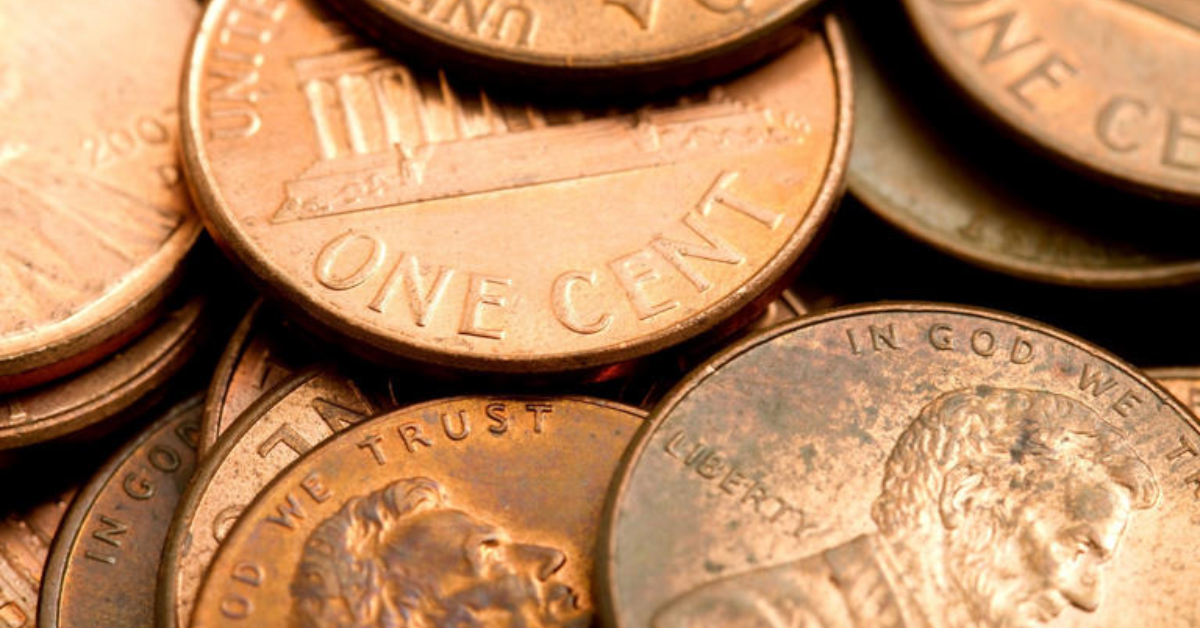Across the world of coin collecting, or numismatics, some coins have fetched staggering amounts due to their rarity, historical significance, or unique mint errors. While gold and silver often steal the spotlight, certain copper coins have gained tremendous value among collectors. Here we examine five copper coins that are surprisingly worth a fortune, and delve into what makes them so valuable.
1. 1943 Copper Lincoln Penny
In the midst of World War II, the U.S. Mint began making pennies from steel coated with zinc to conserve copper for wartime needs. However, due to a minting error, several pennies were struck on copper planchets intended for the previous year.
These 1943 copper Lincoln pennies are among the most famous error coins in U.S. history. Only a few dozen are believed to exist. In 2010, one of these coins sold for $1.7 million at auction
How to Identify:
– The 1943 copper penny will not stick to a magnet (unlike the steel version).
– It should weigh about 3.11 grams.
– It has a brownish hue, unlike the silvery steel penny.
Because fakes and altered pennies are common, proper authentication from a reputable third-party grading service like the Professional Coin Grading Service (PCGS) is essential.
2. 1793 Chain Cent
The 1793 Chain Cent holds a special place in American coin history as the first ever coin officially produced by the United States Mint in Philadelphia. Its name comes from the chain design linked on the reverse, symbolizing unity among the states.
Despite its symbolic meaning, the public criticized the design as resembling chains of slavery. As a result, the design was swiftly withdrawn, making these coins extremely rare.
Only about 1,000 pieces are estimated to exist today. Depending on condition and variety, they can sell for tens or even hundreds of thousands of dollars. One in excellent condition was sold for over $500,000.
3. 1969-S Doubled Die Obverse Lincoln Cent
Collectors often prize coins with doubling errors, and the 1969-S Doubled Die Obverse Lincoln Cent is one of the most famous.
This error involves the doubling of the design elements of the coin during minting, and is especially visible in the inscriptions “LIBERTY” and “IN GOD WE TRUST.” What sets the 1969-S version apart is both its rarity and the clarity of the doubling.
Only a few dozen verified specimens are known to exist. One high-grade example fetched over $100,000 at public auction.
4. 1856 Flying Eagle Cent (Pattern Coin)
Though not officially released for circulation, the 1856 Flying Eagle Cent was produced in limited quantities as pattern coins to gain congressional approval for replacing the cumbersome large cent with a smaller version.
Most of these coins—believed to number around 2,000—were distributed to lawmakers and were technically never intended for public use. Today, they are considered collectible rarities.
The Flying Eagle cent has a distinctive design, featuring an eagle in flight on the front and a wreath on the back. Values for an 1856 Flying Eagle Cent range from $10,000 to $30,000 depending on condition.
5. 1914-D Lincoln Penny
While not an error coin, the 1914-D Lincoln penny is a key date in the Lincoln cent series and is highly sought after by collectors.
Struck at the Denver Mint, this penny had a relatively low mintage—only about 1.2 million were made. Due to extensive circulation, finding high-grade examples is extremely difficult.
Uncirculated versions of the 1914-D can easily sell for $5,000 and more. Even in worn conditions, it can command prices into the hundreds.
Tips for Identifying Valuable Copper Coins
Condition Matters: Coin grading plays a major role in a coin’s value. A coin’s grade assesses its condition on a scale from 1 (poor) to 70 (perfect). Third-party services such as PCGS and the Numismatic Guaranty Company (NGC) can authenticate and grade coins professionally.
Check Mint Marks: These small letters indicate where a coin was made. Rare mint mark combinations can greatly increase a coin’s value.
Look for Doubling and Errors: Coins with doubling, off-center strikes, or wrong planchets are often valuable.
Use Proper Storage: Exposure to air, water, and handling can diminish a coin’s value. Store collectors’ coins in airtight holders or certified slabs.
Consult Experts and Reputable Dealers: If you suspect a coin might be valuable, it’s worth consulting a professional numismatist for evaluation.
Conclusion
While copper coins are not typically associated with high value, certain rare examples can bring hundreds of thousands, even millions of dollars. Whether you’re combing through a jar of old coins or browsing antique markets, keeping an eye out for these rarities may pay off. Awareness of what makes a coin valuable—mint errors, low mintage, and historical context—can transform a pocketful of pennies into a significant treasure.



